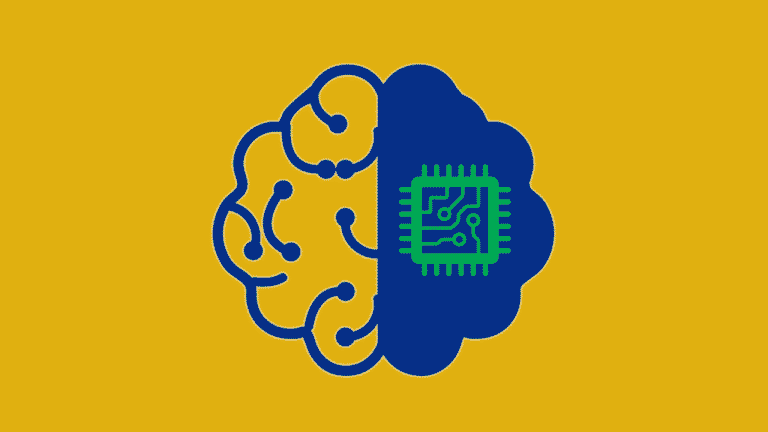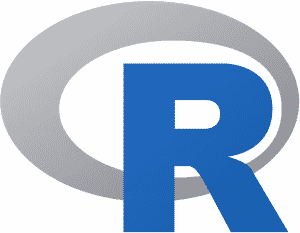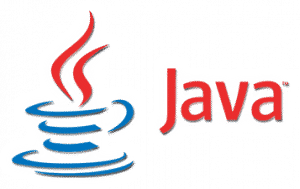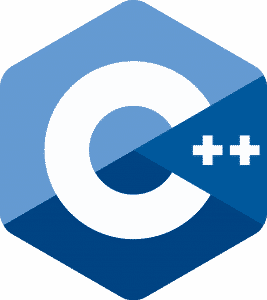In today’s fast-evolving tech landscape, automation and artificial intelligence (AI) are transforming industries, making it crucial for professionals to upskill in data science, machine learning (ML), and AI-related technologies. With a growing demand for skilled ML experts, choosing the right programming language can give you a competitive edge in the job market.
If you’re starting your IT career or looking to advance your skills, understanding the best programming languages for machine learning will help you make informed decisions. Below, we explore the top languages essential for a successful ML career.
Contents
Top Programming Languages for Machine Learning
1. Python – The Most Popular ML Language
Python is the most preferred programming language for machine learning due to its simplicity, versatility, and vast library support. Whether you’re taking an online ML course or working on a real-world project, chances are Python will be your go-to language.
Why Choose Python?
- Simple syntax, making it beginner-friendly
- Extensive libraries like TensorFlow, Keras, Scikit-learn, and PyTorch
- Strong community support with countless tutorials and open-source projects
- Widely used in AI, deep learning, and automation
Python’s efficiency and ease of integration make it the number-one choice for both beginners and experienced ML engineers.
2. R– The Language of Data Science
R is one of the most widely used machine learning and data science languages. Developed in the 1990s, R is an open-source statistical computing language designed for data analysis, visualization, and predictive modeling. It provides high-quality plotting features, mathematical symbols, and formulae that are essential for statistical computing.
Why Choose R?
- Strong statistical computing capabilities
- Extensive libraries like ggplot2, caret, and randomForest
- Large open-source community with free resources
- Ideal for academic research and statistical analysis
With its ability to process large datasets efficiently, R remains a top choice for machine learning professionals working in data-heavy environments.
3. Java – Robust and Scalable
Java has been a powerful programming language since the 1990s and is widely used in enterprise applications. Known for its “write once, run anywhere” capability, Java remains a popular choice in ML, particularly for large-scale and production-ready applications.
Why Choose Java?
- Strong object-oriented programming features
- Compatible with enterprise-level applications
- Libraries like Weka, Deeplearning4j, and MOA support ML implementation
- Scalable and well-suited for large ML and AI projects
Many data science job postings list Java as a preferred language, making it a valuable skill for ML professionals.
4. C and C++ – High-Performance Computing
C and C++ have been foundational in programming for decades and continue to play an important role in machine learning. Many ML libraries, including TensorFlow and Torch, are built with C++ under the hood, ensuring high-speed computations.
Why Choose C and C++?
- High performance and efficiency
- Provides deep control over system resources
- Used in game development, real-time processing, and robotics
- Preferred for integrating ML models into existing C++ applications
While not the best choice for beginners, C++ is a powerful language for those looking to build high-performance ML applications.
5. Scala – Real-Time Data Processing
Scala is gaining popularity among data scientists and machine learning engineers, especially for handling real-time data processing. It integrates seamlessly with Java and is widely used in big data frameworks like Apache Spark and Kafka.
Why Choose Scala?
- Supports functional and object-oriented programming
- Ideal for large-scale machine learning and data science projects
- Works efficiently with Java libraries
- Preferred for real-time data analytics and big data processing
For professionals working with streaming data and large datasets, Scala is an excellent choice.
Conclusion
Choosing the right programming language for machine learning depends on your goals and project requirements. Here’s a quick summary to help you decide:
- Python – Best for beginners and general ML applications
- R – Ideal for statistical analysis and data visualization
- Java – Great for enterprise-level AI and ML projects
- C/C++ – Best for high-performance and resource-intensive tasks
- Scala – Suitable for big data and real-time analytics
By mastering one or more of these languages, you can secure a future-proof career in machine learning and AI. Have we missed any important language? Let us know in the comments below!
FAQs
Q: Which programming language is best for machine learning beginners?
A: Python is the best choice due to its simplicity and extensive ML library support.
Q: Should I learn R or Python for data science?
A: Python is more versatile and widely used, while R is excellent for statistical analysis and visualization.
Q: Is Java useful for machine learning?
A: Yes, Java is commonly used for large-scale ML applications, especially in enterprise environments.
Q: How important is C++ in machine learning?
A: While not essential for beginners, C++ is useful for performance-critical applications and optimizing ML models.
By optimizing your skillset with these languages, you’ll stay ahead in the competitive field of machine learning!






